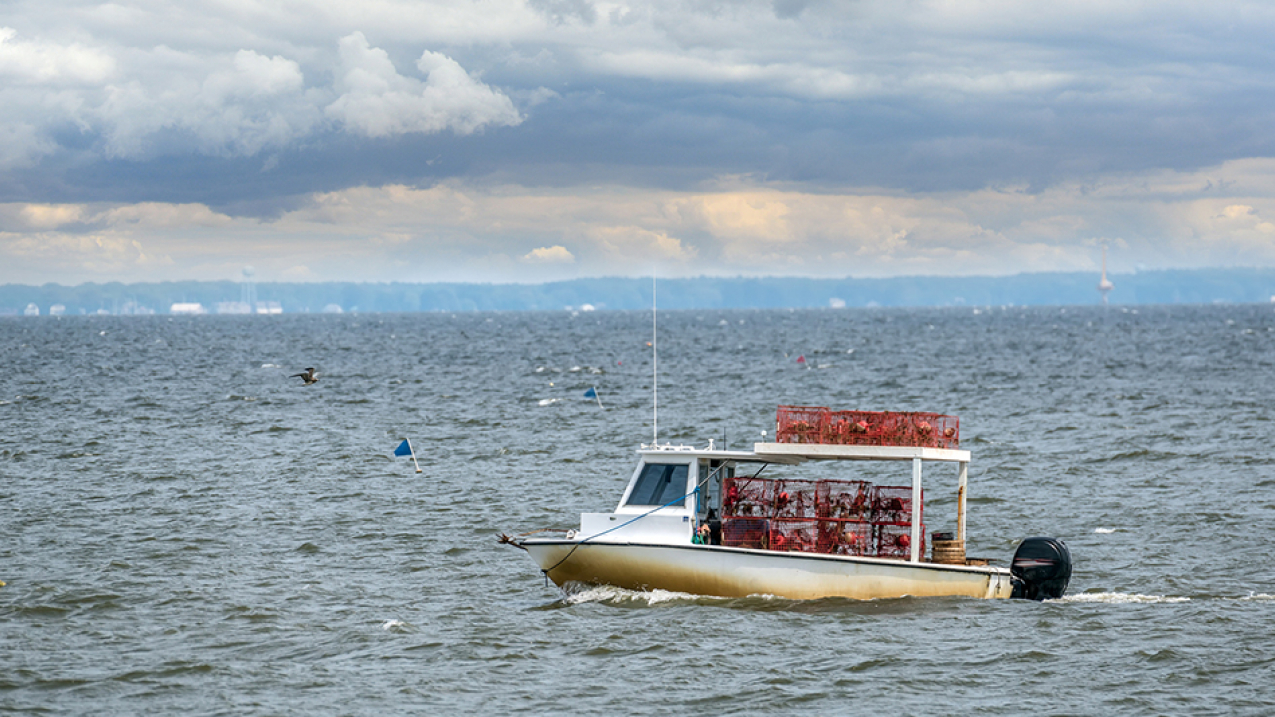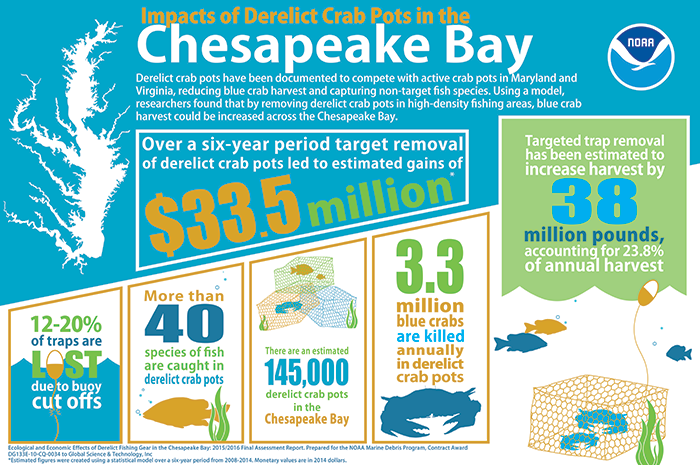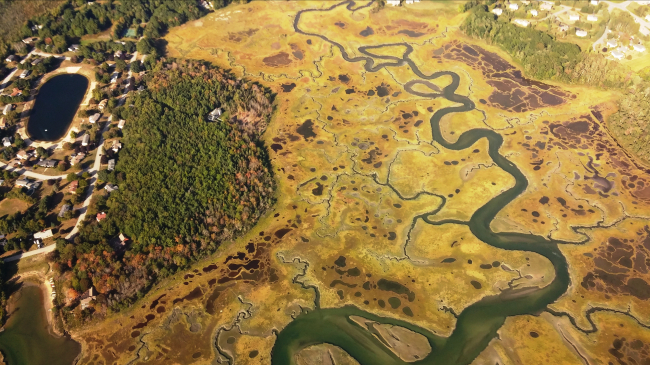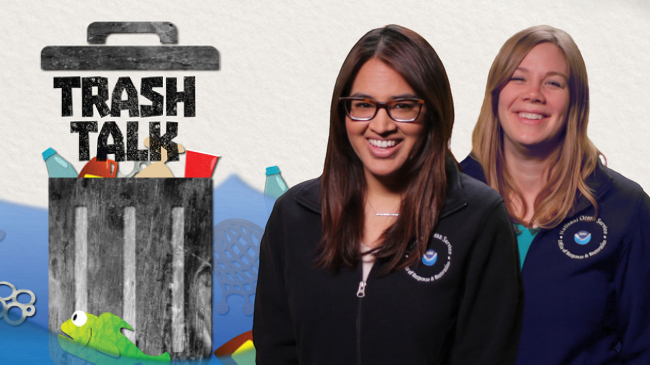
Crab pots (traps) that are lost or abandoned in the Chesapeake Bay can have serious environmental and economic impacts. In this photo a Maryland crab boat fishes in the Chesapeake. (Image credit: iStock)
With the start of the Chesapeake Bay crabbing season only a few days away, a recent study funded by NOAA’s Marine Debris Program shows how lost or abandoned (derelict) crab pots can cause big problems for wildlife and have serious economic impacts.
Scientists estimate that there are 145,000 derelict crab pots in the Chesapeake Bay. During the course of a six-year period (2008-2014) the study found that removing these traps in areas with a lot of fishing, the Chesapeake Bay harvest of blue crabs increased by 38 million pounds – a 23.8 percent increase. This translated to approximately $33.5 million in harvests over six years. In Virginia’s portion of the bay, partners spent $4.18 million removing 34,408 crabs pots, which contributed to an estimated $21.3 million; the figures for Maryland are still being confirmed.
Derelict crab pots compete with active pots and can unintentionally kill 3.3 million blue crabs each year that are never harvested. Not only is this bad for crabbers, but it can also affect more than 40 fish species that are unintentionally caught (known as bycatch) in derelict traps.

The good news? Marine debris is a solvable problem that can start with you: If you’re fishing, boating or enjoying time near the water, make sure to care for and dispose of your fishing gear, and collect any trash as you see it. NOAA’s Marine Debris Program also helps fund removal projects around the country, including projects that focus on derelict fishing gear and crab pots.



